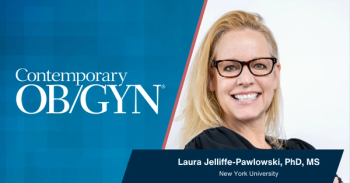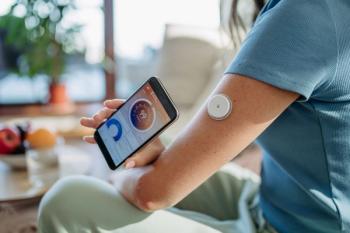Takeaways
- Cultural taboos and lack of terminology can prevent open discussions about menopause in many communities.
- Family-inclusive education and empathetic communication help normalize the menopause experience.
- Group-based integrative models like MenoGap show promise in improving symptoms and self-efficacy for midlife women.
Across many communities, menopause remains a taboo topic. Lisa J. Taylor-Swanson, PhD, LAc, Dipl OM (NCCAOM), assistant professor in the College of Nursing at the University of Utah, described her work with Pacific Islander, Hispanic, Native American and Indigenous, African American, and refugee women, emphasizing that in some languages, “there’s not a word for menopause.” She explained that this lack of language contributes to silence across generations: “It’s not something that they’ve talked about or heard about from their mothers or their aunties, but they really want to make it different for their daughters.”1
Taylor-Swanson noted that limited knowledge among both patients and clinicians can perpetuate misinformation. Many women and even health professionals may not realize that symptoms such as knee pain, body odor changes, or sleep disturbances can be related to the menopausal transition. “How can women know what to talk about with their providers when they don’t know it’s a relevant phenomenon?” she asked.
Encouraging open and family-centered conversations
Taylor-Swanson recommended that clinicians “politely query and educate” patients about the range of symptoms associated with menopause—including hot flashes, night sweats, pain, insomnia, mood changes, and cognitive concerns. Because many cultures are strongly family-oriented, she advised supporting patients who wish to involve relatives in discussions. “She might ask, ‘Can I bring my daughter who’s in her 20s?’ or ‘Can I bring my partner or husband?’” She suggested providing handouts or educational materials that family members can also review.
Approaching care with empathy
Taylor-Swanson emphasized the importance of instilling compassion and sensitivity with family members of those with menopause. “First off, no jokes. Really, just hear her,” she said. “We wouldn’t tease somebody about their heart disease or their broken ankle. Just have that loving kindness.”
Developing an integrative model of menopause care
At the University of Utah, Taylor-Swanson and colleagues are piloting an integrative health care model that combines conventional and complementary approaches. The program offers medical screenings, preventive referrals (such as mammography and bone density testing), and self-care education, including acupressure and breathing techniques for stress or fatigue.
The group-based program—called MenoGap (with adaptations such as Waning Moon for Indigenous women and Mujeres en Menopausia for Hispanic women)—incorporates group acupuncture and health education. “Women hear each other first and foremost, and they discern really quickly, ‘I am not losing it … I am not the only one going through this,’” she said.2
Early feasibility studies have shown that the model is both practical and well-received. “We’re seeing statistically significant improvement in symptoms and an increase in menopause-related self-efficacy,” Taylor-Swanson reported. Participants often describe the experience as the best health care they have ever received.
Looking ahead
Although efficacy trials are still underway, Taylor-Swanson believes integrative, group-based care represents a promising path forward. “It’s a way to get more care to women at the same time, which is a cost savings for systems and for women to provide their expertise to one another,” she said.












